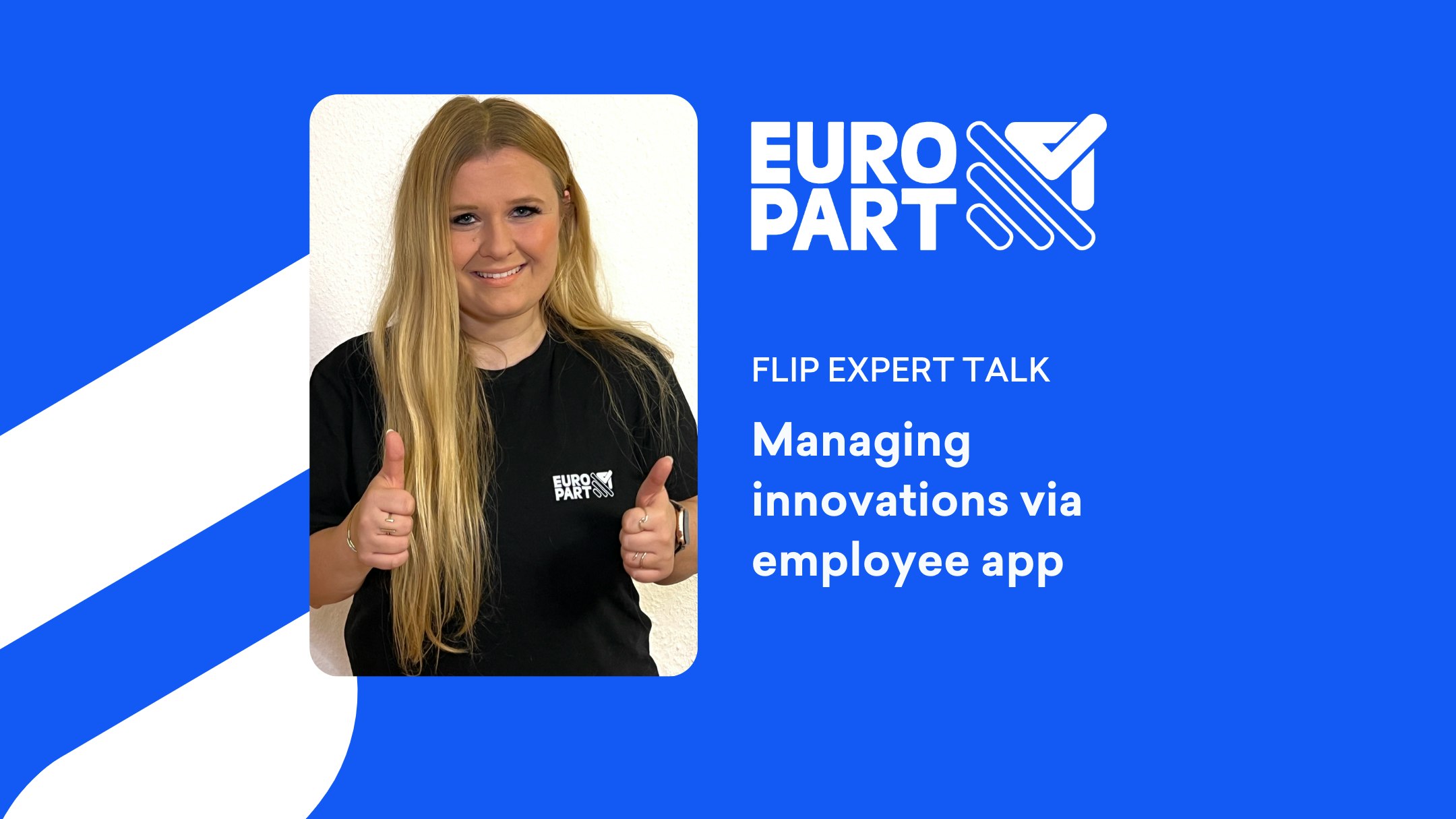Invalid date
HR & New Work
5 min read


Employee engagement examples from the field
Explore employee engagement examples from leading companies that provide insight into the critical drivers of effective engagement efforts.
The term "employee engagement" (or "employee motivation") describes the extent to which employees are enthusiastic about their work, feel connected to the company and are committed to their work. Employee engagement can invigorate a company's culture, drive productivity and innovation, and ultimately increase business success.
So, the topic has rightly become a buzzword — in HR and beyond. Committed employees are worth their weight in gold, especially in times of skilled worker shortages. The good news is that companies can do a great deal to drive employee engagement in their workforce.
What are examples of engaged employees?
Engaged employees are passionate about their work, enthusiastic about their job and the company, and take action to advance the company's reputation and interests.
You can easily recognise engaged employees, for example, when they...
- ... help their colleagues with questions and proactively care for new team members.
- ... recommend people from their own network for open positions.
- ... take the initiative and propose solutions to problems, even if this is outside their core job description.
- ... are punctual and reliable.
- ... voluntarily enrol in training and education courses to stay up-to-date.
- ... actively participate in team and company events and strive to create a positive atmosphere — even beyond working hours.
- ... talk frequently about their work and take pride in their achievements and projects.
- ... approach challenges or difficulties with a positive attitude and a solution-oriented approach.
- ... maintain a high quality of work even in stressful times or when demands are high.
It's important to note that even the most committed employees cannot fulfil all of these examples simultaneously. There are also external factors. For example, people who care for elderly relatives or have small children are less likely to attend after-work events. Introverts are less likely to speak proudly and frequently about their successes, but are no less engaged because of it.
Surveys are a popular way to make employee engagement measurable. Gallup's Q12 questionnaire is a good place to start.
How do I promote employee engagement in my company?
Measures to promote employee engagement can take many forms and ideally cover different engagement factors. This is important because people are different and, therefore, feel more or less addressed by various initiatives.
Ultimately, however, they all pursue one goal: to strengthen the relationship between employees and their company, as well as among themselves.
List: Examples of employee engagement measures
Employee engagement measures must always fit your company and your requirements and should be embedded in a well-thought-out strategy. For inspiration, here are a few examples of initiatives that can boost employee engagement:
- Promoting professional development opportunities such as training and certifications
- Defining OKRs and implementing a performance feedback system
- Regular one-on-one meetings between managers and employees to discuss career goals and growth opportunities
- Access to online learning platforms
- Organising team-building events and company outings
- Providing an idea box to collect ideas and feedback from employees
- Implementing an employee platform for informal exchange among colleagues
- Establishing a buddy or mentorship programme
- Establishing a peer recognition programme that allows employees to acknowledge significant contributions made by their colleagues
- Involving employees in decision-making processes
- Establishing a formal process for addressing employee complaints and concerns
→ Find more ideas for further employee engagement measures here.
What are some practical examples of successful employee engagement?
We've looked behind the scenes at some of Flip's most successful customers to demonstrate employee engagement in real business scenarios. Every day, we support companies on their way to better internal communication and stronger employee engagement.
Innovation management at the medium-sized company EUROPART
How many suggestions for improvement, approaches to solutions, and ideas are lost in your company because they are stifled in a long hierarchical chain?
The best ideas often come from people who work on the floor: in sales, in the warehouse, or production, for example. However, there is not always a direct line between frontline workers and management. On the one hand, this is demotivating for employees who want to get more involved but have no opportunity to do so. On the other hand, companies miss out on unimagined potential.
EUROPART has eliminated all intermediaries by setting up a portal for improvement suggestions via an employee app. Now, more than 1,700 employees can send constructive feedback via the Flip app and add documents, photos, and videos.
Each year, more than 150 suggestions for improvement come to management — and 98% of them are implemented! What’s better, employee satisfaction also increases. 75% of employees are very satisfied with their employer, and name communication via the app as one of the main reasons.

We receive so much constructive feedback that we could hire a full-time employee just for sorting through and processing it all."
Olaf Giesen
CEO Europart
Employee surveys at the DIY store toom
In addition to measures such as flexible working models and wide-ranging opportunities for further training, toom also decided to improve their employees’ internal networking and promote information exchange. The company's employee app, which has affectionately christened "toomunity," is available to all 18,000 employees on mobile and desktop devices.
With it, toom is removing one of the biggest engagement hurdles of all: cumbersome communication channels. In the past, employees in the DIY store had to send an email from a PC terminal when they had questions — for example, when setting up a new shelf or sorting goods, and wait patiently for an answer. With the app, employees can simply post in the right channel and get the response directly to their smartphone without delay.
The DIY store pays particular attention to target-group-specific information and surveys. In this way, employees provide each other with knowledge and, at the same time, give their feedback to the company.
Involving operational employees at the family-owned company Bauder.
Frontline workers, in particular, often miss out on employee engagement measures. For employees in the office, there are more flexible working time models, the option of working from home, fruit baskets, and yoga classes. In addition, those who sit in front of a screen all day also find it easier to receive company news.
In contrast, communication with employees in production is far too often limited to noticeboards in the break room and flyers or a company magazine. That was the case at Bauder, too, before digital alternatives replaced printouts.
Since the employee app has been available to everyone in the company, production employees feel more connected to the company. They can provide reports on their work via the app and feel more present.
Conclusion: Internal communication is a key factor for employee engagement
Internal communication is the backbone of successful employee engagement strategies. It enables direct exchange, strengthens employee loyalty, and increases satisfaction.
Modern tools, such as an employee app, can provide crucial support for this process. As our customer examples show, information can be exchanged quickly, easily and regardless of location. An employee platform available from your pocket promotes the active participation of all employees, irrespective of their position in the company. Ultimately, it not only improves engagement, but also lifts overall productivity.
Want to find out how Flip can also move your employee engagement forward? Simply book an appointment with our team.








